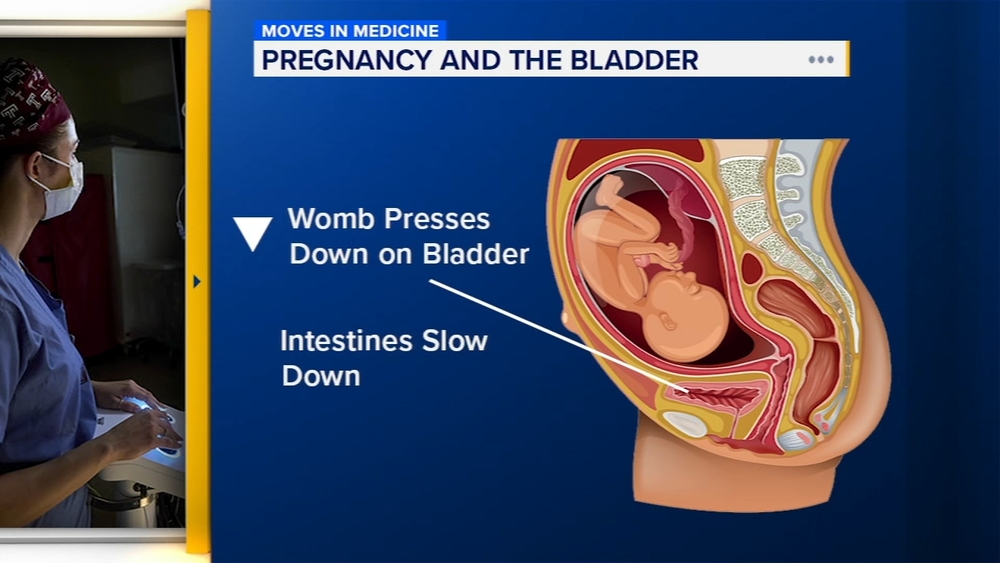Pelvic floor therapy is not just for post-pregnancy patients

NORTH PHILADELPHIA (WPVI) -- Pelvic floor therapy is often recommended for women after giving birth, but it can also help in many other circumstances and it's frequently misunderstood.
Casey Bailey, DPT, PCES, a certified therapist with Temple Health, says many new patients don't know what the pelvic floor is. She starts by explaining how those muscle layers line the pelvis.
"It holds up your bladder, your bowel, your uterus," explains Bailey.
And the inner muscles don't work alone.
"Your pelvic floor works with your core, so the muscles that surround your spine," she says. "It's the outside muscles that also support your pelvis, so your hips, your glutes."
Bailey says a weak pelvic floor can cause bladder or bowel issues, such as incontinence. But it can also play a role in infertility, endometriosis, fibromyalgia, or even some hip or low back pain.
The therapy can also help men recovering from prostate surgery.
After explaining the anatomy, Bailey takes a thorough history of a patient's lifestyle and habits - and she checks some basics.
"I always look at how someone breathes, how someone activates their core," she says.
That tells her whether the pelvic floor muscles are active.
Many of the exercises she recommends in therapy sessions, and for home, focus on breathing.
"Because your diaphragm and your pelvic floor actually work together. So when you inhale, they're supposed to come down. When you exhale, they're supposed to go up," Bailey says.
For pregnant women, she says that pelvic floor therapy isn't just for after delivery. During pregnancy, it can make sure a mother's body supports the growing baby and it benefits women during delivery as well.
"We teach people how to actually push. A lot of people are taught incorrectly to push out a baby," she explains.
And those lessons beforehand can mean a better recovery and fewer issues after birth.






